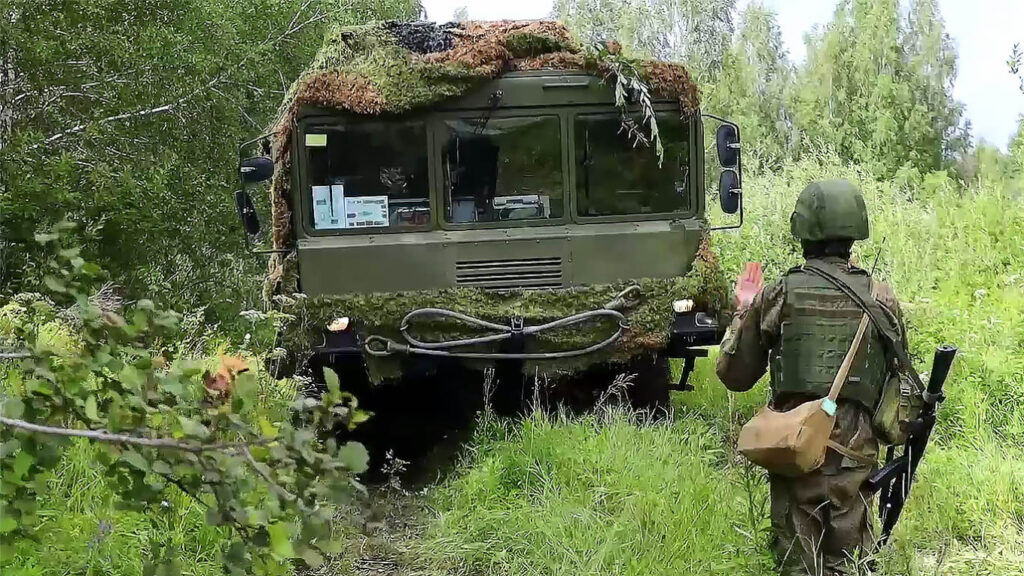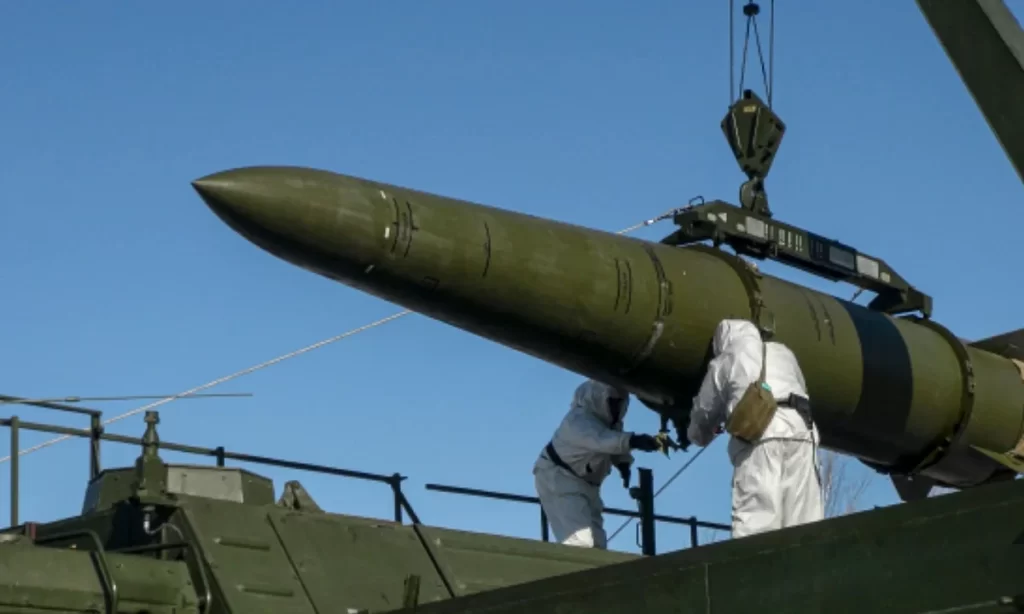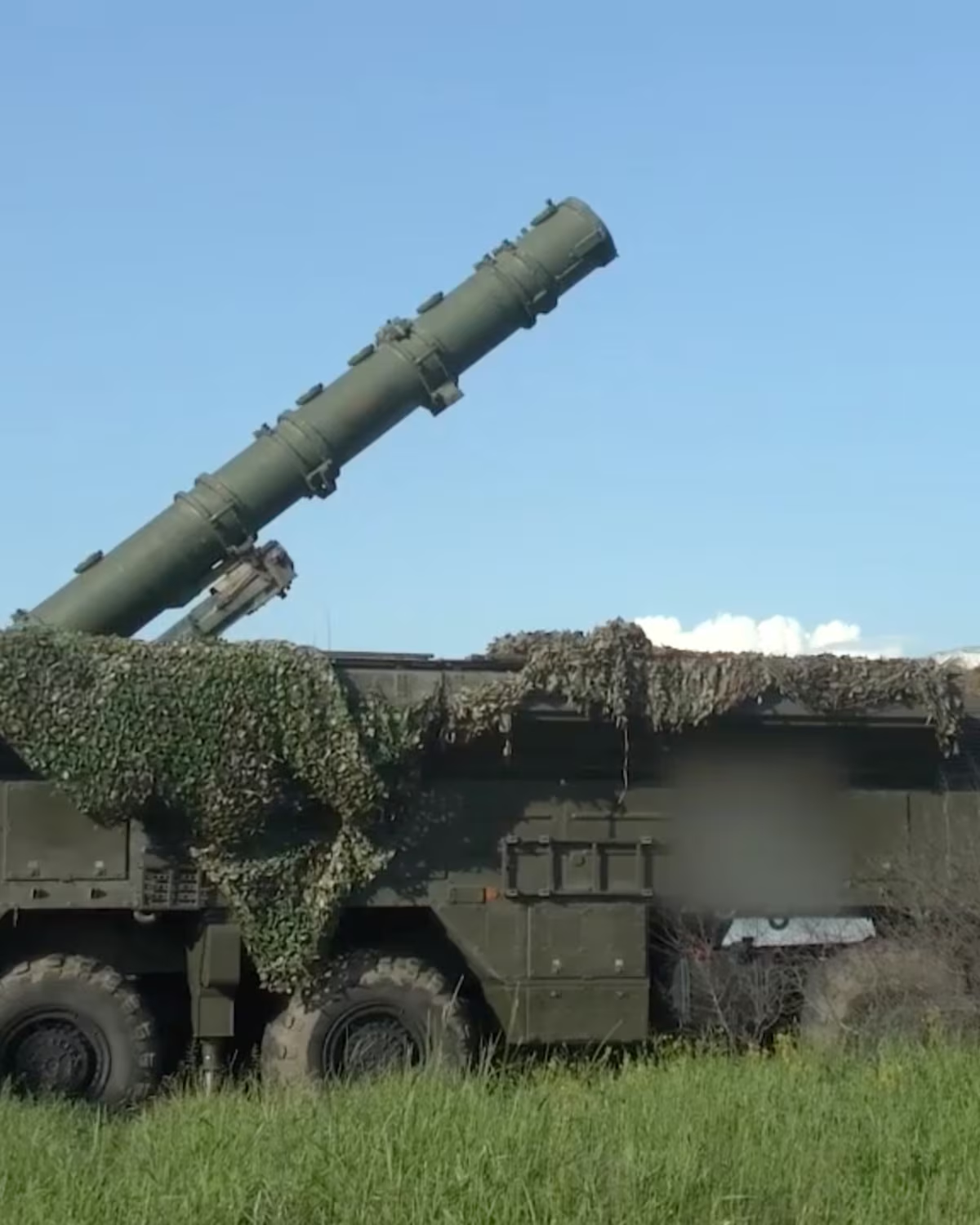Russia’s Defense Ministry announced on Wednesday the commencement of a “third phase” in its ongoing non-strategic nuclear weapon exercises, a series that began in the spring. These latest drills are taking place across a wide geographical area, including the central and southern military districts of Russia, several North Caucasus republics, annexed Crimea, and four partially occupied regions of southern and eastern Ukraine that Russia claims to have annexed.

The exercises focus on enhancing the combat readiness of Russia’s missile formations. According to the Defense Ministry, personnel will be tasked with “acquiring special training ammunition for the Iskander-M tactical missile systems.” Additionally, servicemen will receive instruction in “equipping launch vehicles and covertly advancing to designated positions to prepare for electronic launches.
Accompanying the announcement, the Defense Ministry released video footage showing camouflaged military vehicles navigating muddy forest roads, with some visibly carrying missiles. This visual evidence underscores the scale and nature of the exercises being conducted.

These drills are part of a broader response ordered by President Vladimir Putin in early May to what Russia perceives as Western “threats and provocations.” Russian officials specifically cited comments made by French President Emmanuel Macron regarding the possibility of NATO countries sending troops to Ukraine as a catalyst for these exercises.
The current phase follows two previous stages of the drills. The first began in May, shortly after Putin’s order. The second stage, conducted in June, saw Russian and Belarusian armed forces carrying out joint exercises after Belarusian leader Alexander Lukashenko ordered a surprise inspection of his country’s non-strategic nuclear weapon carriers.

It’s worth noting that while Belarus doesn’t possess its own nuclear weapons, it agreed last year to host Russian tactical warheads on its territory. This decision came amidst escalating tensions surrounding Russia’s full-scale invasion of Ukraine.
These ongoing nuclear drills highlight the continuing geopolitical tensions between Russia and the West, particularly in the context of the Ukraine conflict. As Russia flexes its nuclear capabilities, the international community watches closely, aware of the potential implications for global security and stability.
The exercises serve as a stark reminder of the nuclear dimension in current geopolitical tensions, underscoring the complex challenges facing diplomats and policymakers as they navigate an increasingly volatile international landscape.
Additional reporting contributed by AFP.



